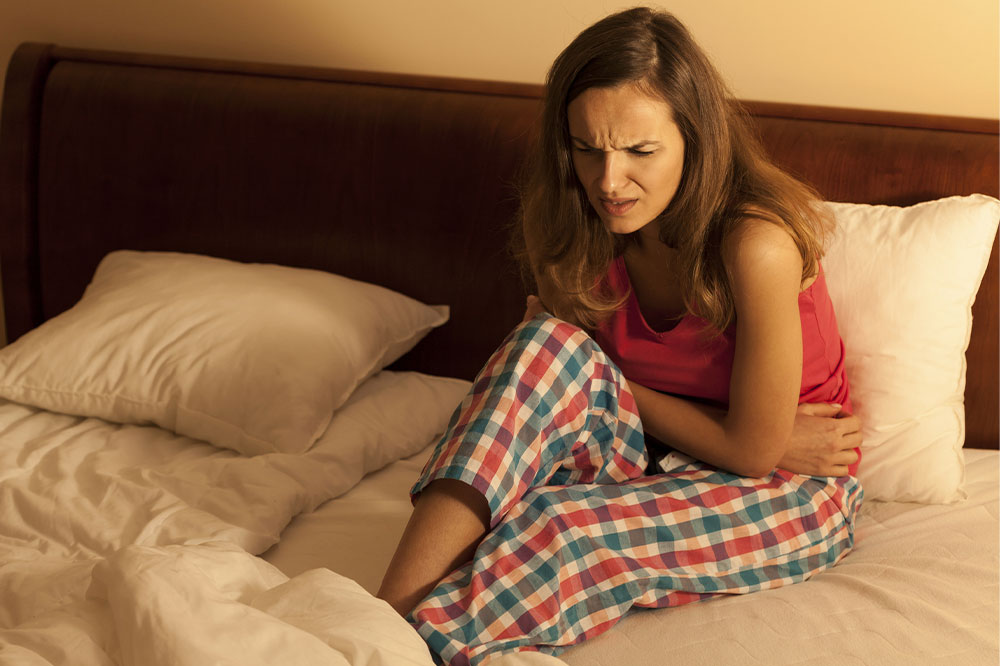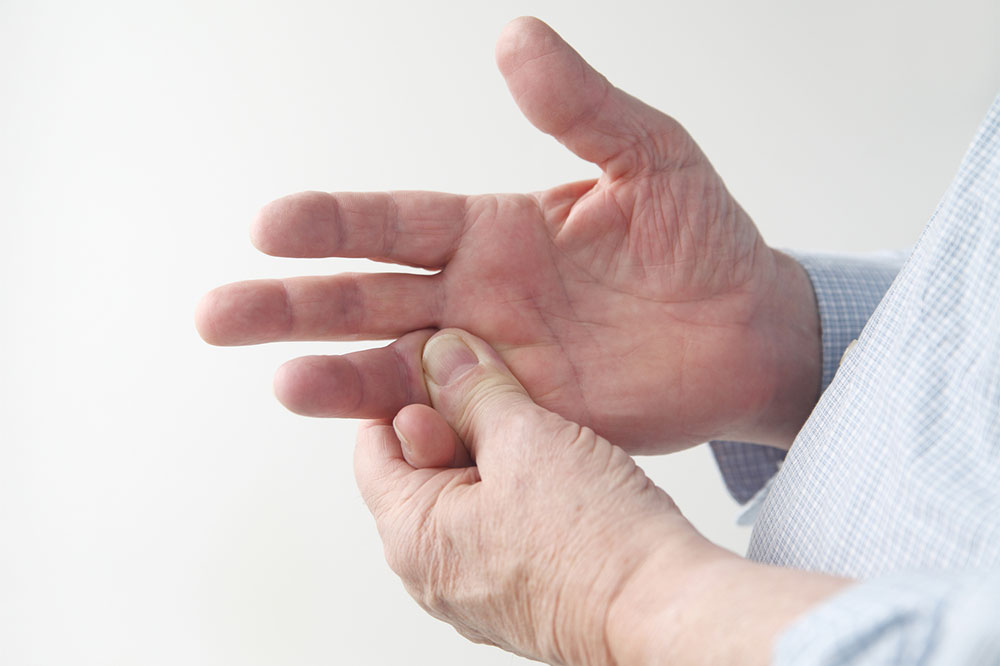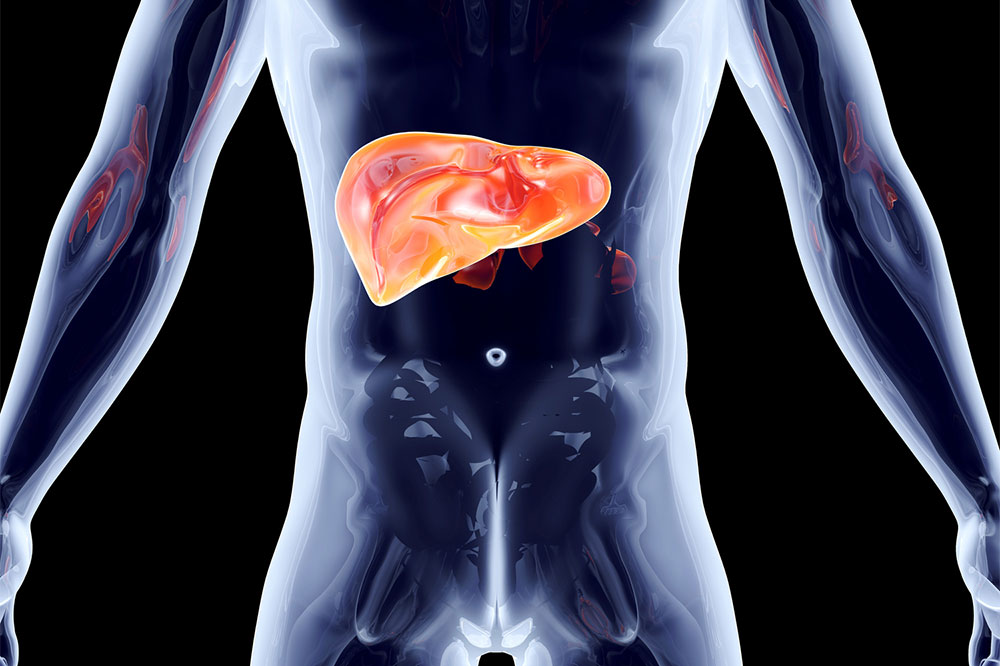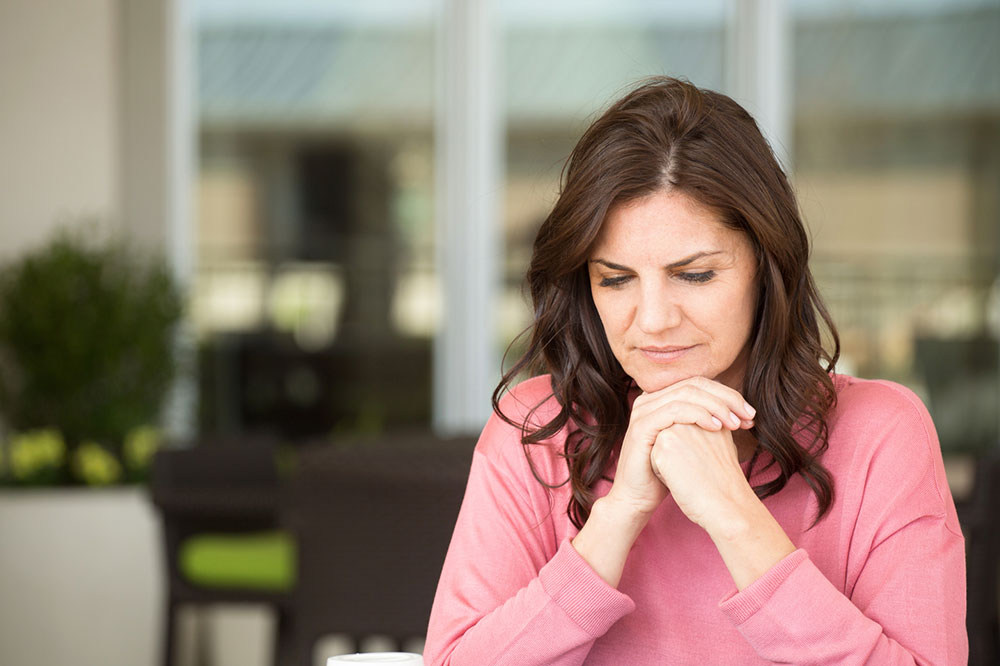6 tips to tackle side effects of IUD

An intrauterine device (IUD) is, in fact, a highly effective birth control method that many women tend to opt for. However, IUDs can have adverse effects or consequences that some women may find inconvenient. Fortunately, there are tips to tackle IUD side effects and make using an IUD more bearable. This article will look at six strategies for dealing with IUD side effects, including well-known and obscure ways to treat symptoms.
Tips for tackling IUD side effects in 6 steps
Tip 1: Develop your relaxation skills
Using relaxation techniques can help you cope with the stress brought on by IUD adverse effects. Managing stress can help with symptoms like cramps and headaches. Basic relaxation methods like yoga, meditation, and deep breathing can be beneficial. However, these techniques can help you manage any pain or discomfort brought on by IUD.
Tip 2: Use a heating pad
A heating pad on the lower abdomen might relieve cramping and other IUD-related pain. A heating pad can improve pain and discomfort by relaxing the local muscles and boosting blood flow. However, it should not be used carelessly by being left on for an extended period or at a high temperature since this might result in burns.
Tip 3: Keep yourself hydrated
Headaches and nausea can be relieved by drinking lots of water and electrolyte-rich liquids like coconut water or sports drinks. Maintaining hydration is crucial because symptoms can worsen when the body is dehydrated. You can help your body deal with any discomfort brought on by the IUD and enhance your general well-being by keeping sufficient hydration levels.
Tip 4: Modify your diet
Experts advise changing your meal plan as a simple tip to tackle IUD side effects such as bloating, constipation, or diarrhea. These symptoms can be reduced by increasing fiber intake, avoiding processed foods, and eating small, frequent meals throughout the day. Inflammation can be decreased, and digestion can be regulated with a meal plan high in whole foods and fiber. You can effectively manage IUD adverse effects and feel at ease by adopting these dietary changes.
Tip 5: Take into account different pain-relieving methods
Experts advise weighing alternate pain management methods to deal with discomfort brought on by the IUD. Alternative treatments that can aid with pain relief include massage therapy or acupuncture. Talking about these alternatives with your healthcare professional to ensure safety and effectiveness is crucial. By looking into several pain management methods, you might discover the one that suits you best and manage any pain or discomfort IUD brings.
Tip 6: Stay active
Maintaining an active lifestyle is a sure way to treat IUD’s adverse effects, including cramps and bloating. Walking, swimming, or cycling are low-impact activities that help boost mood and energy while easing pain.
Inflammation can be reduced, and bowel motions can be regulated with exercise. By staying active, you can effectively control the IUD-related symptoms and feel more at ease and healthier overall.
Conclusion
IUD side effects can be managed in several ways, including relaxation techniques, heating pads, staying hydrated, altering your meal plan, considering alternative pain management approaches, and engaging in physical activity. You can successfully manage these symptoms and have a more positive IUD experience by adopting these tried-and-true tips to tackle IUD side effects.






